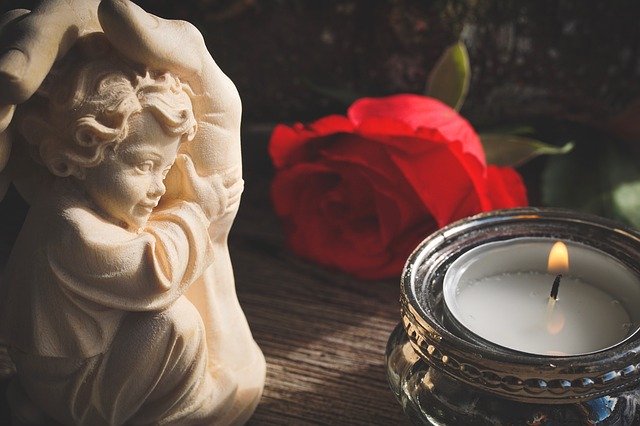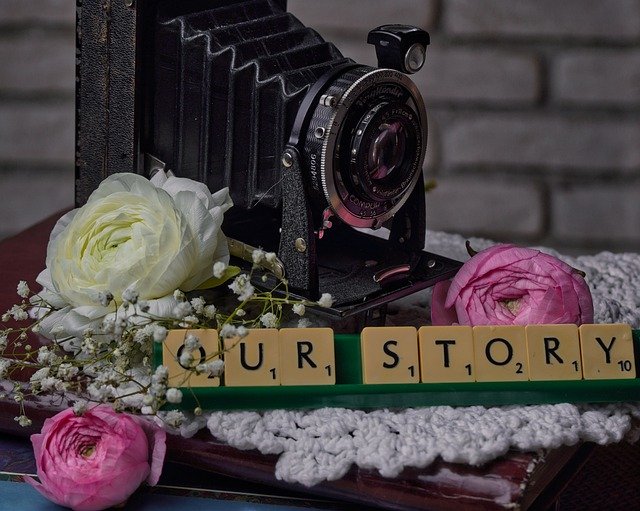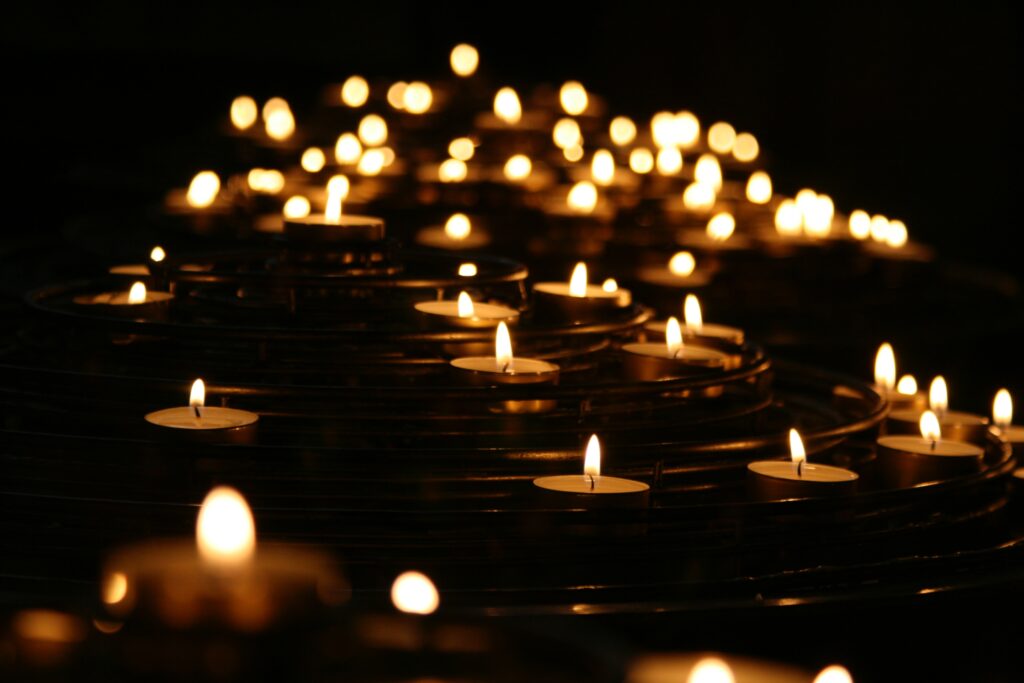Grief is painful. It can also be profoundly disorientating and affect parts of your life you hadn’t expected. In today’s blog I’m not going to talk about the effects of grief (if you’re reading this you probably know those already) but I will share five ways you can ease your current level of pain and discomfort. Yes, that is possible. I’ve been a counsellor for over 10 years and have helped many people through the grief process (as well as experiencing it twice recently). These strategies come from those who know the path of grief and have, and may still be, making their own way through it. I hope by reading this you’ll discover some ways to help you too.
1 Understand the Grief Process
There’s no road map or set of instructions for grief but the next best thing is the widely recognised (and praised) five stage model by psychiatrist Elisabeth Kubler-Ross. Through her work with clients in grief, Kubler-Ross defined five stages and the emotions, thoughts, behaviours and beliefs within them. Please see below:

This model can bring clarity and understanding although please remember it’s not a linear process i.e. you may go back and forth between the stages. And as each person (and each grief) is different, it’s impossible to say how long you’ll be in each stage. Yet, having a model can be something for our minds to hold onto in the face of sometimes overwhelming thoughts and emotions.
If you’re having trouble identifying where you are in the process, it can help to talk it over with someone you trust and who knows you well. If there’s no-one you feel you can turn to, we’ll cover that further on.
2 Listen to Yourself

Having just explained the importance of understanding the grief process, I now want to turn to something just as important – you. As I mentioned earlier, all people and all griefs are different so the only person’s opinion you really need is your own. Do your family want you to talk about it but you can’t face it? Maybe friends think you should be getting out more? Or perhaps it’s the opposite? Forget what other people are saying and listen to you.
The help of family and friends is kindly meant but will always come from their perspective and this isn’t their grief it’s yours. Listen to others, of course, but don’t feel like you should change or that you’re getting it wrong in some way because you’re not. I know this is because there’s no ‘right way’, there’s just your way.
3 Ritual and Remembrance

There’s a reason that funerals have endured even while religion hasn’t. Whatever your beliefs, when we lose someone we love we need a way to say goodbye. But what happens after the funeral? That’s where other rituals and ways to remember are key.
Some of those will come around naturally like anniversaries and birthdays (whether we want them to or not) and it’s vital to be prepared for them. If you’re blocking your grief because it’s painful, it’s understandable but carries a greater risk of eventually being overwhelmed by it.
One way to ease this is by creating your own ongoing rituals and remembrances. For example, planning what (if anything) you’ll do on your loved one’s birthday might seem painful but puts you in a position of control. Similarly, having special places or objects to remember them by can help you move through the process and give you some measure of choice as to when you choose to use or visit them. There are many ideas for this – some choose to have a favourite bench dedicated to a loved one, or dedicate a flower bed in their garden that they can sit beside when they choose.
Another idea I came across recently is by a company called Heart in Diamond. They specialise in creating diamonds from a loved one’s hair or ashes, a beautiful and unique memorial directly connected to your loved one. The company’s ethos is to serve the “true love inherent in each and every diamond they create”. This diamond can be brought out when required and serves our need for something physical to hold onto in the intangibility of grief. You can find out more here https://www.heart-in-diamond.co.uk/
4 Creative Processes

Please don’t let the word ‘creative’ put you off. I don’t mean creating a great work of art – although many have been created and inspired by grief. I’m talking about ways to help you process your feelings other than by talking about them. Counselling and therapy have used creative processes for some time and there’s research into their effectiveness. It may not be for everyone but if you’re struggling to understand and express what you’re feeling I suggest you give it a try.
The most obvious technique would be writing or journaling how you’re feeling now but it might also be writing about other times and memories of your loved one. This doesn’t have to be focused on the loss itself but it could be painful depending on where you are in the grief process. Drawing and painting can be used for expression, as can collages and ‘scrap-books’ of photos and images that remind you of your loved one.
These processes don’t have to be done alone or even on paper. Story telling is both a healing and creative process. When my grandfather died, I encouraged my grandmother to tell me stories about him and we never stopped doing this until she died herself. As she processed and slowly moved through her grief, we’d be laughing at all the things my grandfather got up to (he was quite a character) and she also told me things I didn’t know. It became a healing and bonding experience.
5 Seek Help If You Need It

I left this strategy to last because it may not be needed at all. There’s an (understandable) concern about ‘pathologising’ grief and grieving. It’s a natural process and we all go through it but it’s good to be aware of the places where grief can tip over into some other mental health concern. If, for example, you find yourself in a period of extended anxiety or low mood. How long is extended? Good question! A physical health condition is considered ‘chronic’ if it lasts for more than three months but there’s no similar guidance for mental health.
As we looked at above, listening to yourself is key. Someone might suggest talking to a professional or you might be thinking of it yourself but we often wait for things to get worse before we seek help, hoping it’ll go away and it might do. But if it doesn’t, please know there are people here to help you and whatever you’re dealing with right now, there’s always a way through.
I hope this blog has been helpful. I encourage you to try some of the strategies that appeal to you but most of all I send you my very best wishes in your grieving process and hope you receive the support and comfort you need.

